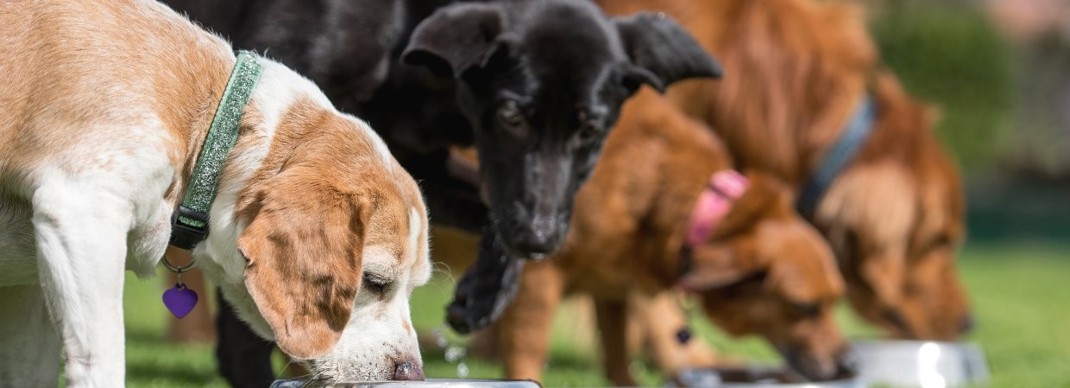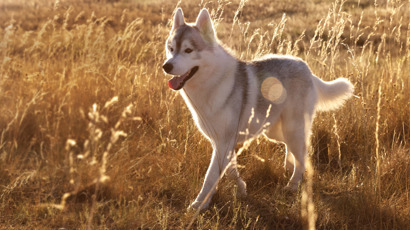How an Adult Dog's Nutritional Needs Vary by Size

Dog breeds vary substantially in size and therefore, so do their nutritional needs.
Small Breeds
Small dog breeds have a higher surface area to volume, meaning they lose more heat compared with larger dog breeds1.
What this means is that small breed dogs need more calories per kilogram of body weight to maintain their body heat compared with larger dog breeds.
This means that small breeds need to be fed more per kilogram of body weight or they require diets that are denser in energy. It is also important to ensure that small dog breeds chew their food to maintain their teeth. To enable this, smaller breeds of dogs require a smaller kibble size, so that they can actually pick up the kibble and chew it.
Large and Giant Breeds
Nutritional requirements of large and giant breeds of dogs vary in comparison to small breeds in that these dogs are at a much higher risk of developing arthritis as they age, particularly those that are overweight or obese2. Therefore, it is sensible to restrict calorie intake for adult large breed dogs to keep them at an ideal body condition, so that their joints are not overstressed as they age. In addition to this, supplementing their diet with glucosamine and chondroitin may assist in maintaining healthy cartilage3.
Given that larger dogs have larger mouths, the biscuit size needs to be larger too, so that dogs actually chew their food rather than swallow it whole. This helps to reduce tartar build up as more chewing produces more saliva, which has anti-bacterial qualities.
Working Dog Breeds
Apart from the physical size of the dog, the dog’s activity levels during the day influence their nutritional requirements too. Working dogs, such as Australian Cattle Dogs and Kelpies that work on rural properties, service dogs such as German Shepherd Dogs working with the police, and dogs that participate in agility training, have much higher energy requirements compared to dogs that are primarily domestic pets, as they are physically more active in their day-to-day life.
These dogs require a higher calorie-content in their meals consisting of increased protein and fat content, to help with exercise endurance4.
In addition to this, like endurance athletes, it is still important to include carbohydrates to support their high energy requirements as well as omega-3 fatty acid supplementation as natural anti-inflammatories to support their very active joints.
Black Hawk have designed their diets with an emphasis on canine health and well-being, so that dogs of all breed sizes receive optimum nutrition that is specific to their needs as adults.
References:
1. Ray D. Investigating the surface area to volume ratio (S/V) in Bergmann’s rule. Am Biol Teach. 2016;78:429-432.
2. Frye C, Shmalberg J, Wakshlag J. Obesity, exercise and orthopaedic disease. Vet Clin North Am Small Anim Pract. 2016;46:831-41.
3. Bhathal A, Spryszak M, Louizos C, Frankel G. Glucosamine and chondroitin use in canines for osteoarthritis: A review. Open Vet J. 2017;7:36-49.
4. Wakshlag J, Shmalberg J. Nutrition for working and service dogs. Vet Clin North Am Small Anim Pract. 2014;44:719-40.



